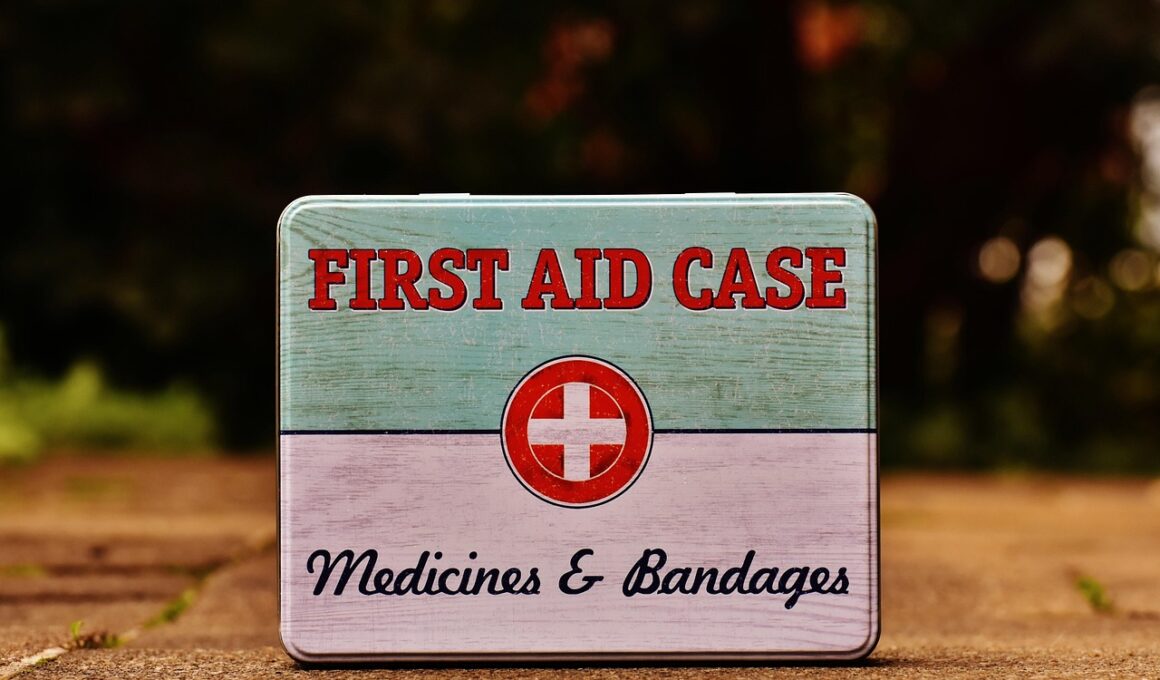What to Do When Your Cat Gets Injured: First Aid Dos and Don’ts
When faced with an injured cat, the first priority is to remain calm. Cats can sense their owner’s distress, which might provoke panic and stress. Keep the environment quiet and stress-free. Check for any visible injuries, including wounds, bleeding, or swelling. If your cat is not responding or exhibiting pain, carefully approach the situation. Remember to avoid sudden movements and loud noises. Prepare a safe space where you can assess the injury. Your goal is to observe and assess, staying composed and gentle. This initial check should include gently examining the cat’s body without causing additional distress. If there are open wounds, applying gentle pressure can help stem any bleeding. In situations where the injury results from a bite or scratch, it’s prudent to keep your cat isolated from other pets to prevent conflict. Always check the vet’s emergency contact information beforehand, as this information will facilitate quicker action during stressful situations. The quicker you react thoughtfully, the better your cat’s chances of recovery will be.
After confirming your feline’s condition, the next step involves contacting your veterinarian. If you’re unable to reach them, search for the nearest animal hospital, especially if the situation appears grave. Describe the injury clearly, mentioning how it happened. In some cases, vets can provide immediate advice over the phone to guide you before you arrive. Be conscious of your cat’s behavior during this time; whether they seem lethargic, aggressive, or fearful can apply critical insights for the vet. It’s essential to cease any further actions that risk exacerbating the injury. Additionally, gathering any evidence of what you suspect caused the injury could prove invaluable to the veterinary team. For instance, if there are remnants of a toy or foodstuff involved, you can offer that for evaluation. Keep your cat restrained within a secure carrier for safe transportation. Escaping can worsen the situation. Having an emergency first aid kit, including items like gauze and antiseptic wipes, will aid in immediate care. Preparing beforehand increases the chances of a smooth recovery for your furry family member.
First Aid Essentials for Cat Injuries
When managing your cat’s injury, having a proper first aid kit is essential. Every cat owner should maintain a basic emergency kit that includes specific items tailored for feline care. Some crucial items to consider include sterility supplies such as gauze pads, adhesive tape, antibiotics, and antiseptic wipes. You might also include an emergency blanket to keep your cat warm if they’re in shock. Tweezers can assist in removing splinters or debris, while a digital thermometer allows for accurate temperature readings. Bandage rolls and surgical gloves will help keep your cat’s injury clean and reduce the risk of infection. If you have an uncooperative kitty, having a muzzle may also come in handy for safety purposes. Additionally, a pet first aid guidebook is an excellent resource to consult in emergencies. This guide should provide protocols for various scenarios, from minor scrapes to more severe traumas. Being organized and stocked with supplies can significantly streamline the first aid process. In some instances, you might also consider pet-safe pain relievers, but only under veterinary approval.
As you provide first aid, monitor your cat for any signs of shock or infection. Signs of shock include cold limbs, a weak pulse, and disorientation. It’s vital to recognize these symptoms early. If your cat shows any of these symptoms, keep them calm and warm by wrapping them in a blanket but avoid adding pressure to any injuries. Make sure your cat has a safe, quiet place while awaiting veterinary assistance. In cases where bleeding is serious, apply firm pressure using a gauze pad; if the bleeding persists, add another layer without removing the first. It’s natural to feel overwhelmed, but your composure assists your pet during stress. Ensure they feel comforted through gentle soothing and calmness when needed. Not only does this assist with their mental state, but it also improves any treatment you’ll administer later. Remember, never use any human medication, as many can indeed harm your cat. Knowledge regarding which substances are harmful is crucial. If questions arise about medications, always seek guidance from a trained veterinarian who knows your cat’s history for optimal care.
Signs That Require Emergency Care
Even after providing initial first aid, some injuries require immediate veterinary treatment. Knowing when to ask for help can be a lifesaver for your furry friend. Common signs that may indicate severe issues include excessive bleeding or difficulty breathing. If your cat constantly cries in pain or has collapsed, call for help immediately. Look for swelling, limping, or inability to use limbs that could signal broken bones or sprains. If you suspect poisoning or ingestion of foreign objects, bring your cat to emergency care as swiftly as possible. Vomiting, diarrhea, or passing blood must also be addressed urgently. Recognizing signs of distress — such as hiding or excessive grooming — can prevent worsening conditions. Always err on the side of caution. It can prove more detrimental to allow minor issues to fester into more significant complications over time. Prioritize health checks for elderly cats or those with pre-existing health conditions, as they tend to respond less resiliently to injuries. Being vigilant and proactive can prove to be the best strategy in protecting their wellbeing.
When you’ve actively managed an injury, aftercare plays a crucial role in recovery. Follow your veterinarian’s instructions thoroughly for medications, follow-up appointments, or special dietary necessities. It’s essential to keep your cat’s environment clean, comfortable, and safe to promote healing. If bandages were applied, change them regularly to prevent infection. Monitor for swelling, redness, or a foul odor, which may indicate complications. Decrease activity levels as necessary, limiting their movement until they fully recover. If your cat experienced surgery, a quiet recovery area will optimize their healing process. If needed, consider creating a small, cozy area with their favorite blanket or bed. Pay close attention to their eating and drinking habits. If your cat refuses food or water for an extended period, contact your veterinarian. Encouraging hydration is crucial for recovery. Additionally, consider gentle approaches to engage them when they’re ready, like quiet play or sitting beside them. Providing a soothing presence can foster emotional recovery, not just physical. This loving care can contribute significantly to their overall healing experience.
Preventative Measures and Final Thoughts
To minimize the likelihood of injuries, preventative measures are essential. Regular veterinary health checks ensure your cat remains in optimal condition. Additionally, creating a safe home environment minimizes risks. Secure hazardous substances such as cleaning supplies and medications out of reach. Monitor toys and play items to ensure no small parts can dislodge and be ingested. Installing protective barriers near windows or ledges can also prevent falls, a common concern for active cats. Ensure your garden is cat-friendly by keeping hazardous plants or toxic substances secure. Socializing your cat and introducing them to various environments aids adaptability, which can reduce anxiety when faced with unfamiliar situations. Lastly, provide enrichment opportunities with positive distractions to keep them occupied and engaged. Remember that being a responsible pet owner involves preparation and knowledge. In cases where injuries do occur, following these dos and don’ts will maximize your success in handling emergencies efficiently. Always consult with your veterinarian for the best advice and follow-up care, to help your feline attain optimal health and happiness.
In conclusion, having a grasp of cat first aid dos and don’ts can save your pet’s life in crisis situations. Acquiring this knowledge means not only knowing what to do when injuries occur but also provides security to help prevent emergencies. Preparing an emergency kit, promptly contacting the vet, and following through with aftercare are all vital aspects of responsible pet ownership. You empower yourself to act calmly and effectively when your furry friend faces adversity. Not all situations result in serious injuries, but when they do, acting quickly ensures the best chance of recovery. Keeping a close eye on your cat’s behavior can often signal when they are in distress, allowing for early detection. In emergencies, remember your own emotions; staying composed can make a difference for your pet’s response to care. Don’t hesitate to consult professionals whenever necessary. Obtain all the veterinary information you can ahead of time. In an emergency, the right preparation can decrease trauma for both your cat and yourself. Being informed about dos and don’ts provides not only tactical benefits but emotional strength as a responsible pet owner.


